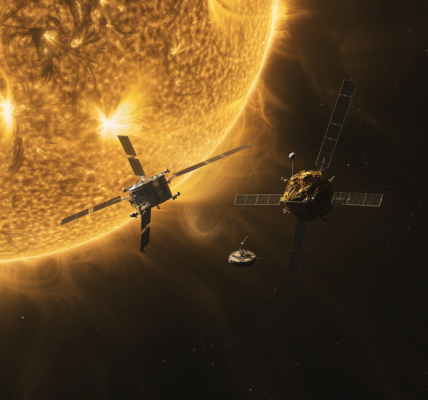NASA Launches PACE Mission to Study Earth’s Microscopic Marine Life and Atmospheric Particles
A new NASA mission, the Plankton, Aerosol, Cloud, and ocean Ecosystem (PACE), has been launched to observe Earth’s microscopic marine life and tiny atmospheric particles. The satellite was launched at 1:33 a.m. ET Thursday aboard a SpaceX Falcon 9 rocket from Cape Canaveral Space Force Station in Florida. The mission aims to provide an unprecedented look at how oceanic and atmospheric processes shape the planet.
The launch was initially scheduled for Tuesday morning but was delayed twice due to high winds and cumulus clouds. However, the weather conditions were more than 95% favorable for launch on Thursday morning. The PACE mission is equipped with three instruments, including two polarimeters and one camera, to capture data across different wavelengths of light, allowing scientists to see things that were previously invisible.
The mission will shed light on how aerosols, clouds, and phytoplankton in the ocean serve as indicators for ocean health and global warming. Karen St. Germain, director of NASA’s Earth Science Division, stated that the mission is a search for the microscopic, mostly invisible universe in the sea, sky, and on land.
Although designed as a three-year mission, PACE has enough fuel to continue orbiting and studying Earth for up to 10 years. The spacecraft will join a fleet of more than two dozen NASA Earth science missions circling the planet to gather data on oceans, land, ice, and the atmosphere, providing insights into how Earth’s climate is changing.
PACE, along with the international Surface Water and Ocean Topography mission (SWOT) launched in 2022, could change the way researchers understand Earth’s oceans. These missions are crucial in the midst of a climate crisis, as stated by NASA Deputy Administrator Pam Melroy.





